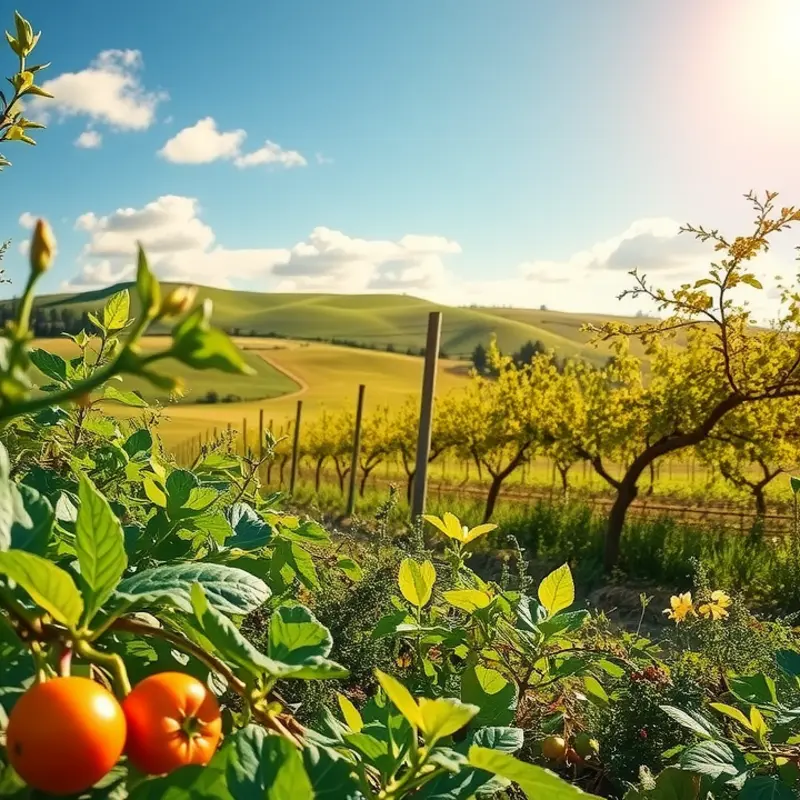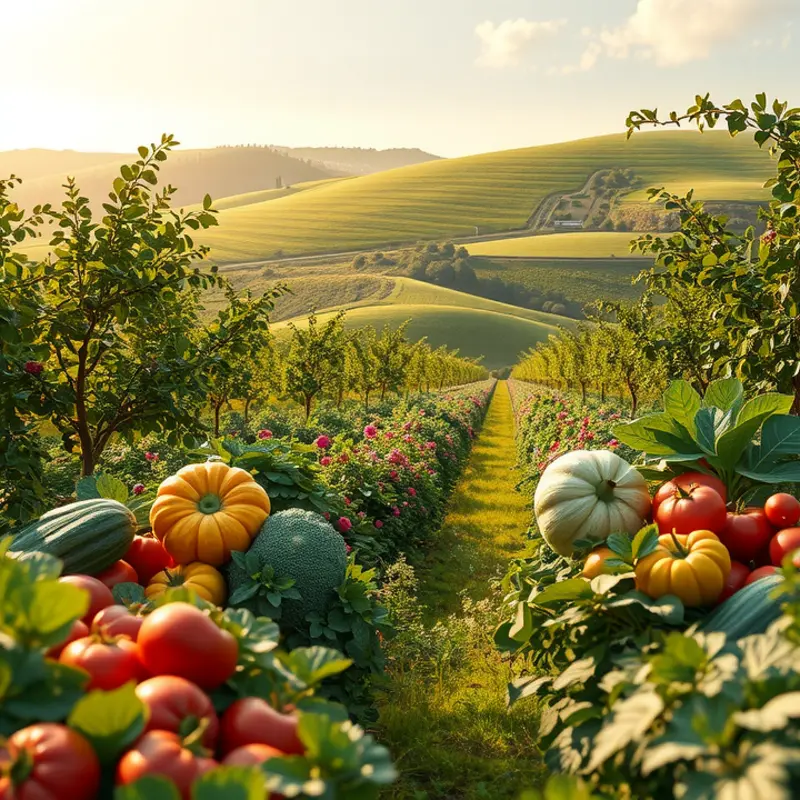Food preservation is vital for maintaining the quality of your ingredients, reducing waste, and saving money. Employing the right techniques can enhance your culinary experience and ensure the freshness of your meals. From freezing to fermenting, this guide breaks down effective methods anyone can implement in their home kitchen.
Freezing: Locking in Freshness

Freezing is a powerful tool in preserving the freshness and nutritional value of food. By slowing down enzyme activity and bacterial growth, freezing extends the life of fruits, vegetables, meats, and leftovers. The key is employing best practices to retain flavor and safety for later consumption.
Fruits and Vegetables
Before freezing fruits, wash, peel, and slice them as needed. For optimal quality, some fruits benefit from a sugar or syrup pack. For example, coat berries lightly with sugar to prevent clumping. Vegetables need blanching before freezing. This process stops enzyme actions that can cause color, texture, and flavor loss.
Blanching involves boiling vegetables briefly, then plunging them into ice water. Common freezing examples include carrots, broccoli, and peas. Ensure the vegetables are completely dry before freezing to prevent ice crystals from forming.
To store, pack fruits and vegetables in airtight containers or freezer bags. Remove as much air as possible, using a straw to suck out excess air if needed. Clearly label each package with content and freezing date.
Meats
Properly freezing meat involves initial preparation. Portion meat into meal-sized servings, as refreezing meat can affect texture. Wrap each portion tightly in plastic wrap, making sure no part is exposed. Then, place it in a freezer bag or wrap with aluminum foil for an added layer of protection.
Defrosting meat correctly is vital for safety. Thaw meat in the refrigerator, or if pressed for time, use the microwave’s defrost function. Avoid thawing at room temperature to minimize bacteria growth risk.
Leftovers
Freezing leftovers helps reduce waste and provides quick meal options. Allow hot foods to cool to room temperature before freezing. This process prevents condensation, which can lead to freezer burn. Use shallow containers or freezer bags to enable rapid freezing.
Label leftovers with a brief description and freezing date. Be mindful of freezer time limits—while freezing keeps food safe virtually indefinitely, quality diminishes over time. Most leftovers are best enjoyed within three months.
For ideas on creative leftover meals, inspiration can be found on meal prep platforms like Keto Egg Muffins, where you can explore easy-to-make breakfast options.
Adopting meticulous freezing techniques ensures that your stored foods taste just as delectable when revived as they did fresh. Familiarize yourself with the specific requirements for each food type, and transform your freezer into an efficient, long-term storage solution.
Canning: Preserving the Harvest

Canning is a timeless and delightful method of preserving the bounty of the harvest for months to come. At its core, canning involves the sealing of food in jars to prolong its shelf life. This process not only captures flavors at their peak but also provides a practical solution to prevent spoilage and waste.
The foundation of safe canning begins with proper sterilization. Sterilizing your jars ensures they are free from bacteria, which is crucial to avoid spoilage and foodborne illnesses. To sterilize, place your clean jars in a pot of boiling water for about 10 minutes. Ensure the jars remain submerged and consider keeping them hot until ready for filling. Lids and bands need similar attention, though they require less time in the boiling bath.
Sealing is the next critical step. Once your jars are filled with prepared contents—be it sumptuous jams or tangy pickles—they must be sealed airtight. This typically involves the use of a two-part canning lid. Place the lid on the jar, followed by a metal band screwed just finger-tight. As the filled jar cools, a vacuum seal forms, ensuring no bacteria can enter.
Proper storage finalizes the canning process. Once sealed, store your jars in a cool, dark place to maintain the food’s quality and flavor. Avoid direct sunlight, which can compromise the contents, altering both taste and texture. A pantry or basement is ideal.
The beauty of canning lies in its versatility and the creativity it encourages. You can experiment with different flavors and ingredients tailored to your preferences. Whether your choice is to create a luscious fruit jam or to pickle vegetables with aromatic herbs and spices, the possibilities are endless.
For those who enjoy vibrant, Mediterranean flavors, consider canning a Mediterranean Chickpea Salad for an easy, refreshing meal any time of year. Mediterranean Chickpea Salad: A Burst of Freshness offers inspiration with its combination of chickpeas, fresh vegetables, and a hint of lemon, making it a standout choice for your canning lineup.
Canning not only connects us with the timeless tradition of food preservation but also offers the satisfaction of homemade conveniences. As you explore canning techniques, remember to follow safety guidelines diligently, ensuring your preserved creations are as safe as they are flavorful. Watching your pantry fill with colorful jars, each packed with the essence of the seasons, brings not just culinary pleasure but a sense of accomplishment that resonates long after the initial preparation.
Final words
Food preservation methods offer sustainable solutions to extend the life of your ingredients, minimize waste, and create a well-managed kitchen. By utilizing techniques such as freezing and canning, you can effectively control food quality and enjoy natural flavors year-round. Don’t hesitate to experiment with various methods to find what suits your lifestyle best. Embrace the joy of preparing and storing food safely, and your kitchen efficiency will flourish.







